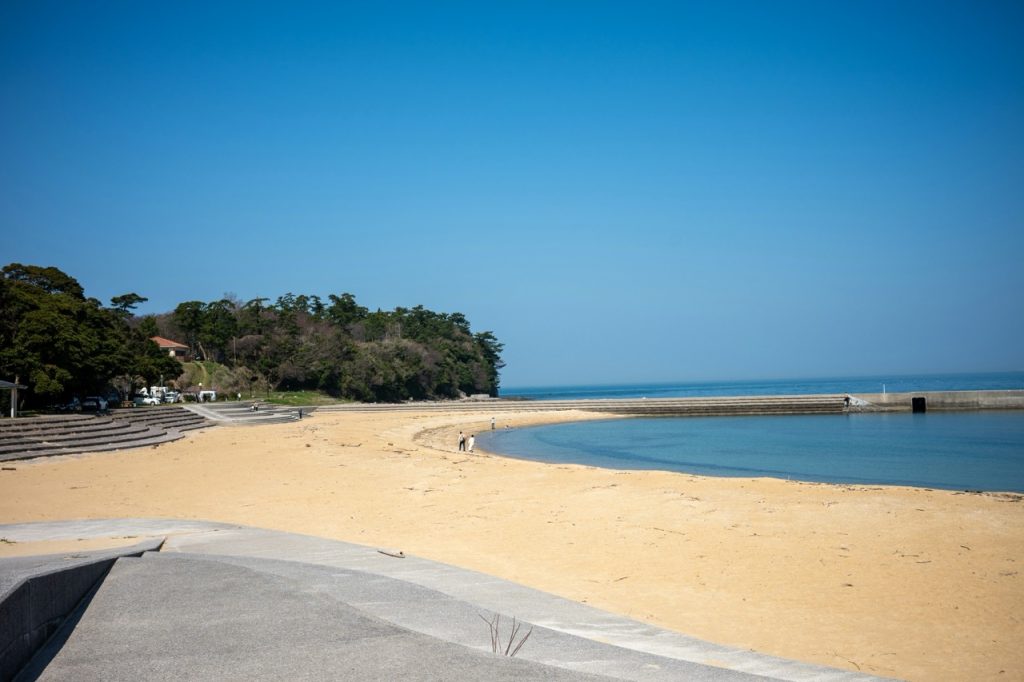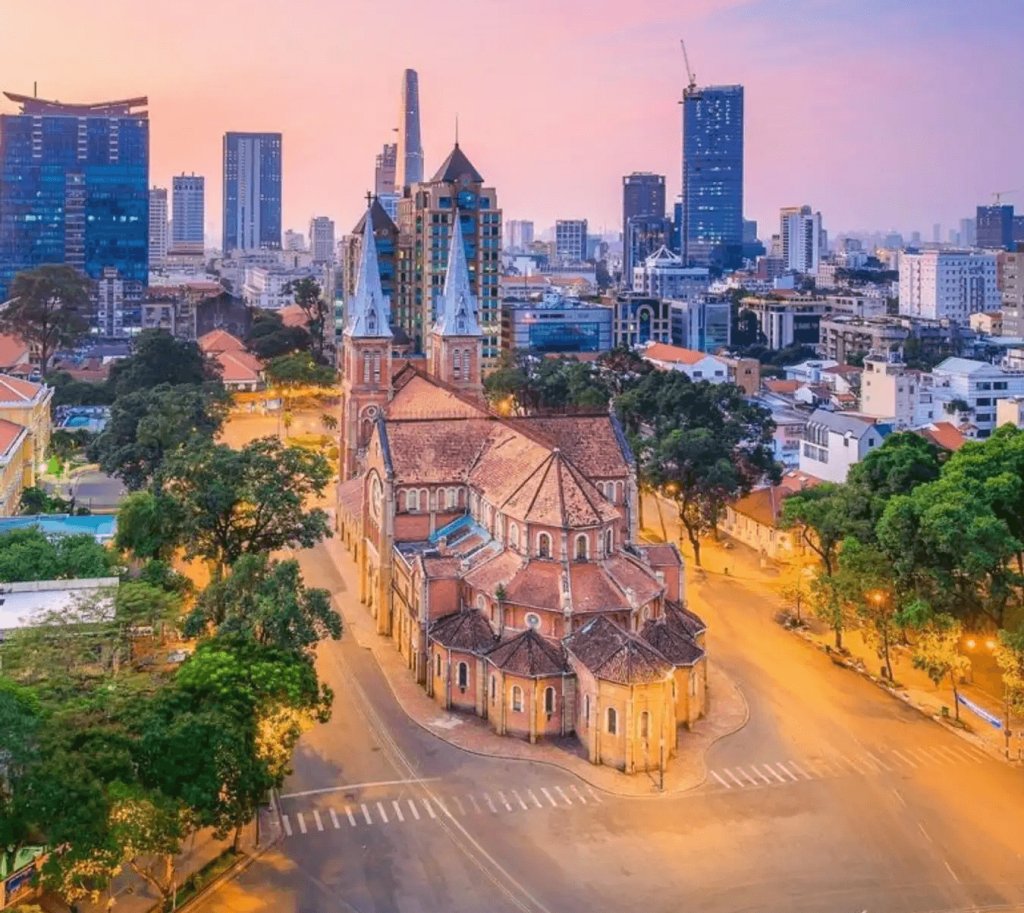Vietnam boasts a tropical climate throughout the year, characterized by its unique S-shaped geography – stretching over 600 miles with a coastline extending more than 2,000 miles. This geographic diversity results in significantly varied weather patterns across different regions, making it crucial for travelers to consider the ideal time to visit each area. Unlike places with distinct seasons marked by changing foliage or snowfall, Vietnam's weather varies by region, making it essential to plan your visit carefully.
From the cool north to the tropical south, Vietnam's weather is diverse. This guide will help you plan your visit.Discover when to explore Vietnam's vibrant cities and serene beaches. Learn about the country's wet and dry seasons.
Whether you're a nature lover or a culture enthusiast, Vietnam has something for everyone. Let's explore the best time to go.
Overview of Vietnam’s Climate and Seasons
Vietnam's climate is varied and influenced by its geography. The country experiences a tropical climate with monsoon influences.
There are distinct wet and dry seasons across Vietnam. This climate diversity makes it essential to know when to visit each region.
Typically, Vietnam's climate can be broken down into three main regions: north, central, and south. Each has its own weather patterns and seasons.
Key Seasonal Highlights:
- Northern Vietnam: Four seasons with cool winters and hot summers.
- Central Vietnam: Hot, dry summers and rainy autumn months.
- Southern Vietnam: Warm all year with a marked dry and wet season.

These seasonal variations influence travel and activities. Understanding them can enhance your journey, allowing you to experience Vietnam at its best.
Vietnam Weather by Region
Vietnam’s weather varies considerably from north to south. Each region has unique climate characteristics impacting travel choices.
Understanding these patterns helps in planning a visit. Ideal conditions differ by area, so careful consideration can enhance your experience.
Northern Vietnam (Hanoi, Sapa, Ha Long Bay)
The north experiences four distinct seasons. Winters are cool and can be quite chilly, especially in the mountains of Sapa. Summers are hot and humid, with temperatures rising above 30°C.
Spring (March-April) and autumn (September-November) offer moderate temperatures and are considered the best times to visit. Hanoi's autumn is known for its pleasant weather, making it perfect for sightseeing.
Expect occasional rain showers, especially during summer. However, winter in Ha Long Bay provides misty views, adding to its charm.
Northern Highlights:
- Winter: Cool and sometimes foggy.
- Spring/Autumn: Mild and ideal for travel.
- Summer: Hot, with rain in June-August.
In summary, timing your visit to northern Vietnam around spring or autumn maximizes the beauty and enjoyment of this enchanting region.
Central Vietnam (Hue, Da Nang, Hoi An, Nha Trang)
Central Vietnam experiences different weather patterns. Summers are hot and dry, making coastal areas like Nha Trang ideal for beachgoers.
Rainy season strikes between September and November. During this period, Hue and Hoi An often experience heavy rains and possible flooding. January to June is the best time to travel here, with warm temperatures and less rain.
Da Nang and Hoi An have magnificent beaches, becoming crowded as the temperatures rise.
Central Highlights:
- Summer: Ideal for beaches.
- Rainy Season: September-November.
- Dry Season: January-June for sightseeing.

Visiting central Vietnam is perfect for beach lovers, but plan around the wet months for smoother travel.
Southern Vietnam (Ho Chi Minh City, Mekong Delta, Phu Quoc)
The south has a tropical climate with two primary seasons. Expect consistent warmth year-round with the dry season from December to April. These months are considered best for outdoor activities and exploring the Mekong Delta.
The wet season extends from May to November. Expect rain, but it usually falls in short, heavy bursts. Phu Quoc is a popular spot during the dry season, offering sun-drenched beaches.
May to October sees increased humidity. Despite rains, Ho Chi Minh City remains vibrant and lively.
Southern Highlights:
- Dry Season: December-April, ideal for all activities.
- Wet Season: May-November; rainy but vibrant.
- Consistent Warmth: All-year round.

In southern Vietnam, December to April provides the most pleasant weather, perfect for enjoying the region’s rich landscapes and bustling cities.
Vietnam Weather by Month: What to Expect
Vietnam's climate varies widely across months. Each month brings different experiences due to regional climates and weather patterns. Understanding monthly conditions can enhance your travel planning.
Each month offers unique opportunities, from exploring the cool north to basking on southern beaches. Be prepared for weather shifts as you journey across the country.
January
January in Vietnam offers cool weather in the north, with temperatures dipping to 10°C. It's a great time for cultural exploration.
In the south, expect drier conditions. Ho Chi Minh City and nearby beaches remain warm and inviting.
February
February is dry and mild across most regions. Northern areas remain cool, ideal for trekking and sightseeing.
Central and southern Vietnam enjoy pleasant temperatures. Coastal cities are perfect for relaxation.
March
March brings milder temperatures across Vietnam. It's one of the best times for travel.
The north enjoys fewer showers, while central and southern regions are warm with low humidity.
April
April marks the beginning of warmer weather. The north starts heating up while still comfortable.
In central and southern areas, warmth is ideal for beach visits. Conditions remain mostly dry.
May
May signals the start of the wet season in the south. Expect more rain and humidity in Ho Chi Minh City.
The north experiences rising temperatures, while central areas start to receive occasional showers.
June
June is hot and humid in the north, with intermittent rains. Central regions begin to cool with increased showers.
You may need or be interested in
In the south, frequent rain showers mark the wet season. Planning for indoor activities might be wise.
July
July is one of the hottest months in the north. Rainy spells are common, especially in central regions.
The south continues its wet season. Despite the rain, activities in urban areas remain vibrant and lively.
August
August stays warm across Vietnam. Northern regions experience monsoons, with potential for typhoons.
Central Vietnam deals with heavy rains, while the south remains humid with frequent downpours.
September
September continues with high humidity and rain, especially in the north and central areas.
Southern Vietnam sees less rain than in previous months. It's a transitional time with milder conditions approaching.
October
October is cooler in the north, ideal for outdoor exploration. Central regions still experience some rain.
Southern areas start seeing the dry season. This is a good time for beach activities in Phu Quoc.
November
November is marked by pleasant weather. Northern regions enjoy cool, clear days perfect for trekking.
The rains recede in central and southern areas. This month kickstarts the peak tourist season.
December
December in Vietnam is generally dry and comfortable. Northern parts are cold yet charming for winter travelers.
The south experiences ideal beach weather. It's perfect for enjoying Vietnam's rich diversity in weather and landscapes.
Wet and Dry Seasons in Vietnam
Vietnam's climate is shaped by its wet and dry seasons, offering varied travel experiences.
Wet Season
The wet season typically runs from May to November, most pronounced in the south and central regions. This period is characterized by high humidity and frequent, intense rainfalls. Typhoons can occur, especially from July onwards.
Dry Season
The dry season is generally from December to April. This time offers clear skies and pleasant temperatures, ideal for outdoor activities. It's the high tourist season, as the weather is more predictable and favorable for exploration.
Regional Variations
- North: May to September, heavy rain
- Central: September to November, less predictable
- South: May to November, intense but short showers

Understanding these seasonal changes can enhance trip planning, as regions vary in their seasonal climates.
Best Time to Visit Vietnam for Different Activities
Vietnam offers a rich array of activities depending on the season. From cultural festivals to nature treks, each month provides unique opportunities.
Beach Adventures
For beach lovers, the best time is during the dry season, from December to April. Beaches are pristine with clear skies and calm seas.
Trekking and Hiking
The mountainous regions are ideal for trekking from October to April. Cooler temperatures make hiking comfortable and rewarding.
Cultural Experiences
Visit during the Tet holiday in late January or early February to immerse in vibrant local traditions. This period is marked by celebrations and cultural displays.
Key Activities by Season
- Winter: Cultural exploration, photography
- Spring: Nature treks, sightseeing
- Summer: Beach activities, island hopping
- Autumn: Adventure sports, local festivals

Choosing the right time for specific activities enhances your travel experience in Vietnam, ensuring an unforgettable adventure tailored to your interests.
When is the Best Time to Visit North Vietnam?
North Vietnam, including Hanoi and Ha Long Bay, is best visited from October to December. During these months, the weather is cooler with clear skies, perfect for outdoor activities.
The region experiences four distinct seasons, with winter being an exception for most of Vietnam. Choosing the right month for your visit enhances sightseeing and enjoyment.
Ideal Times to Visit Northern Vietnam
- Autumn (October-December): Cool, dry weather, great for exploring cities and nature.
- Spring (March-April): Mild temperatures and blooming flowers.
When is the Best Time to Visit Central Vietnam?
Central Vietnam, featuring Da Nang and Hoi An, shines from February to May. During this period, the region enjoys warm and dry conditions, ideal for beach activities.
The months from September to November are less desirable due to heavy rains. However, planning for early or late in the dry season can offer great experiences.
Top Months for Central Vietnam
- Spring (February-May): Warm, dry, ideal for coastal outings.
- Early Summer (June): Offers some warm days before the rainy season.
When is the Best Time to Visit South Vietnam?
South Vietnam, home to Ho Chi Minh City and the Mekong Delta, is most welcoming from December to April. This period is characterized by sunshine and moderate temperatures, perfect for exploration and cultural immersion.
The weather becomes unpredictable during the wet season, from May to November, with possible heavy rain. Yet, visiting during the early dry months ensures a pleasant experience.
Ideal Months for South Vietnam
- Winter (December-February): Cooler, dry days, excellent for exploring cities.
- Early Spring (March-April): Continued dry conditions, great for outdoor adventures.
Tips for Planning Your Trip to Vietnam
Planning ahead is key to making the most of your Vietnam adventure. Start by considering the regional weather differences to align your activities with the ideal climate conditions.
Pack accordingly for the season and regions you plan to visit. Ensure you are prepared for both dry and wet weather.
Essential Planning Tips
- Check Regional Weather: Focus on temperature and rainfall.
- Pack Smart: Light layers for different climates.
- Book Accommodations Early: Especially in peak tourist seasons.
Frequently Asked Questions About Vietnam’s Weather
When planning a trip to Vietnam, many travelers wonder about the local climate. Understanding the weather can greatly enhance your travel experience.
Common Weather Questions
- Is Vietnam humid? Yes, especially in the wet season.
- Does it get cold in Vietnam? Northern regions can be chilly.
- When is the rainy season? Generally from May to November.
Conclusion: Choosing the Best Time to Go to Vietnam
Vietnam offers diverse experiences year-round. Understanding its seasons can guide your travel plans effectively.
If you prefer cooler, drier weather, visit between November and April. This period offers pleasant weather across the country.
Plan according to your interests and regional climates. Whether seeking beach relaxation or cultural exploration, Vietnam's climate has something for everyone.
You can checkout best travel deals through the year before you plan for you trip here.

